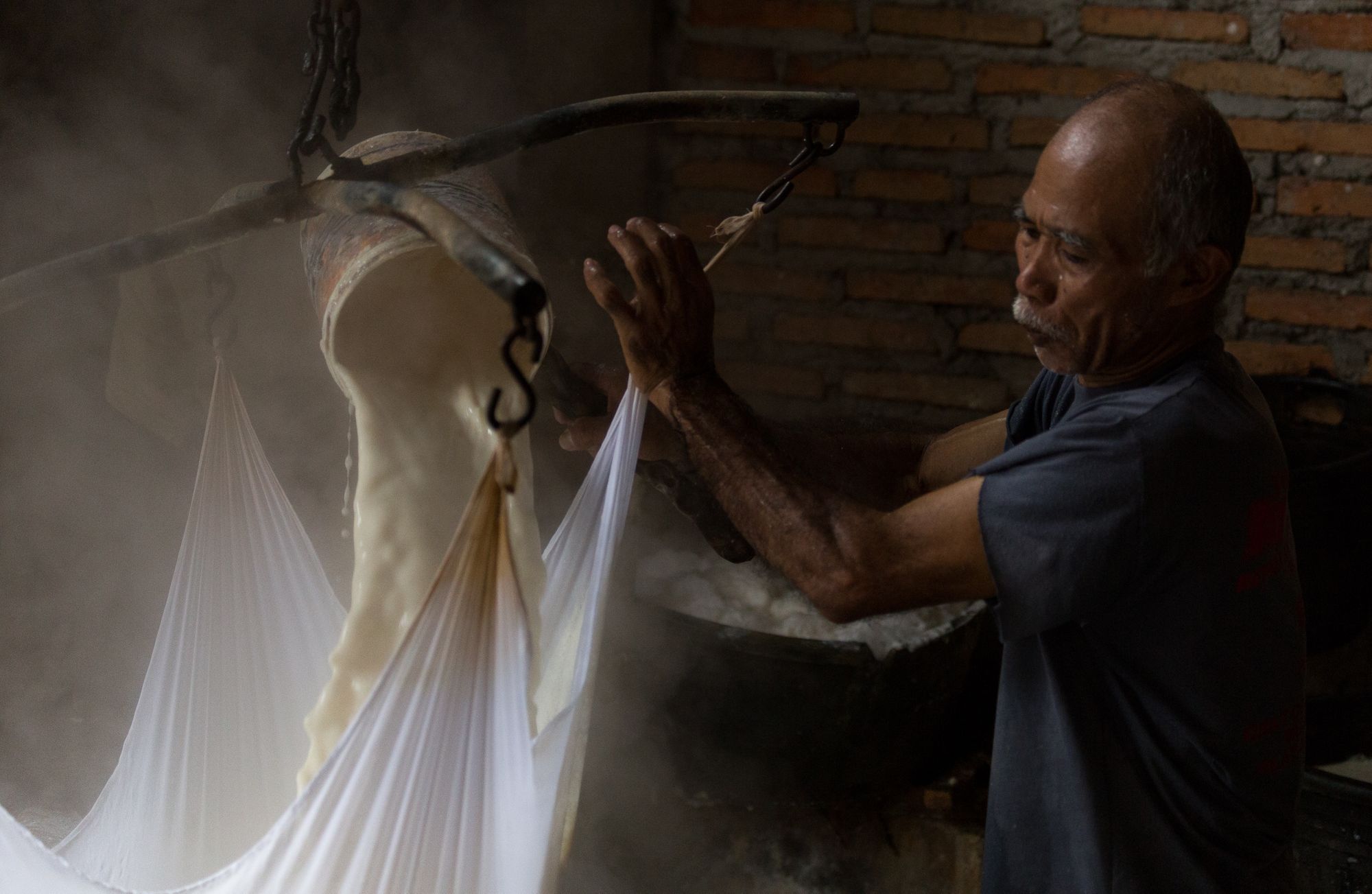Have you ever heard of kalamkari fabrics? Bet you must have, somewhere!
Kalamkari is a type of hand or block printed textile that has been created in India as early as the 10th century. It uses natural dyes, which the artists paint into the textile surface by hand. It’s an incredibly meticulous, and monotonous task.
Kalamkari literally translates as pen (kalam) and work (kari).
Kalamkari refers to craftsmanship; which springs from a Persian word. Motifs (a recurrent design forming a pattern) drawn during this ancient art of Kalamkari, include flowers, peacock, paisleys and also divine characters from Ramayana and Mahabharatum. Kalamkari was born out of an art of story-telling. In past, people used to travel from village to village and told stories; a number of them even drew it on a canvas. This was how the art of Kalamkari was born.
Kalamkari is made in many parts of India nowadays, but most is formed in Andhra Pradesh, in Southern India. It takes a long time to create, that is why you don’t see it all over. The popularity of kalamkari has ebbed and flowed throughout the centuries, and really took a dive in the 20th century. But lately it’s seen a surge in popularity as more individuals start shopping for ethnic product.

Making of Kalam
The kalam is formed by using bamboo sticks. It's sharpened by employing a cutter. The kalam is sharpened from the top therefore so that the color can drip from it and it leaves precise fine lines on the material. A woollen artifact or a cotton carpeting or foam is tied with a thread on the pen from wherever it is holed.

Printing method
The printing is completed by kalam; that must be soaked within the color for about ten minutes before any printing is done. The cloth rug that is tied to the kalam must be pressed gently and therefore the kalam must be drawn smoothly without any breakage and stoppage while functioning on the cloth in order to get good lines with no further dripping or blots of the color. The primary printing includes the applying of black and red color solely.
Washing & boiling
After the primary printing dries off; the cloth must be washed properly for 15-20 minutes under running water. While washing the cloth one must ensure that the cloth stays within the water and doesn't come abreast of the surface otherwise the printing could smudge a bit. As shortly as the laundry (washing) is finished, the cloth is swaybacked in a vessel within that water is boiled. The cloth must be boiled within the water for about 10 minutes. Once the boiling is over, the cloth must be dried in the sun.
Milking method
After the cloth is dried, it must be soaked in cow milk for nearly 4-5 hours. After the milking method, the cloth is dried once more. The milking method is important for the second and third printing because once the milking is completed, and once the colour is applied it doesn't leave blots.

Second & third printing
The second printing is completed by using yellow color. After 3-4 hours once the yellow color dries up, the third printing colours i.e. pink, blue and green are applied.
Final washing
After all the printing is finished, the cloth is once more washed finally and dried in sun. after this the material is shipped for finishing and is prepared as a finished product.
Kalamkari nowadays isn't restricted to paintings & sarees only; several fashion attires even have kalamkari prints. Trendy outfits are created out of Kalamkari print materials and are accepted by people of all generations. Thanks to vibrant kalamkari styles and also the use of natural dyes, kalamkari is employed as an emblem of region’s heritage
With our exclusive collection of garments, you can have best of the Kalamkari style. Following are some of our best selling products.










